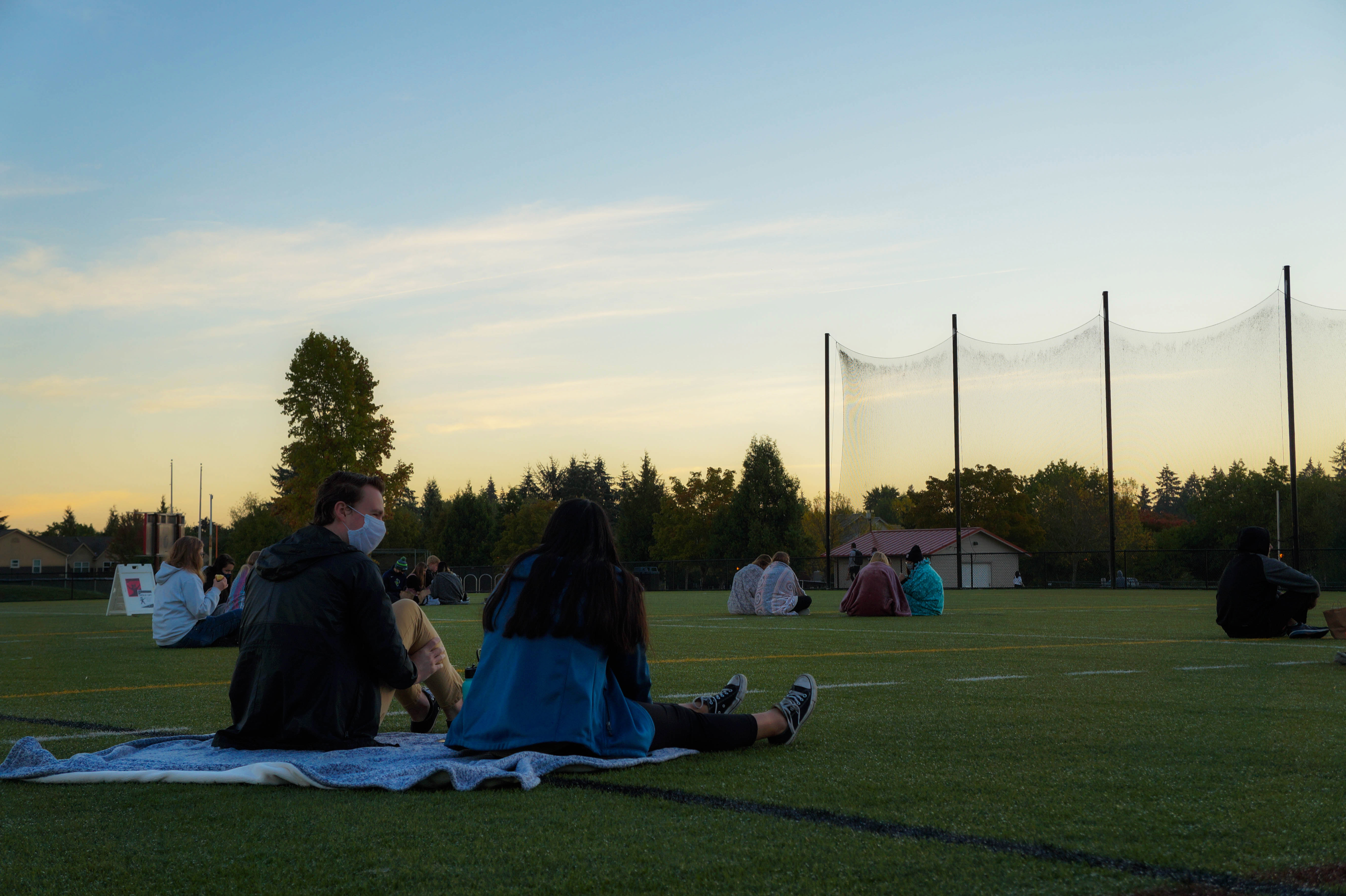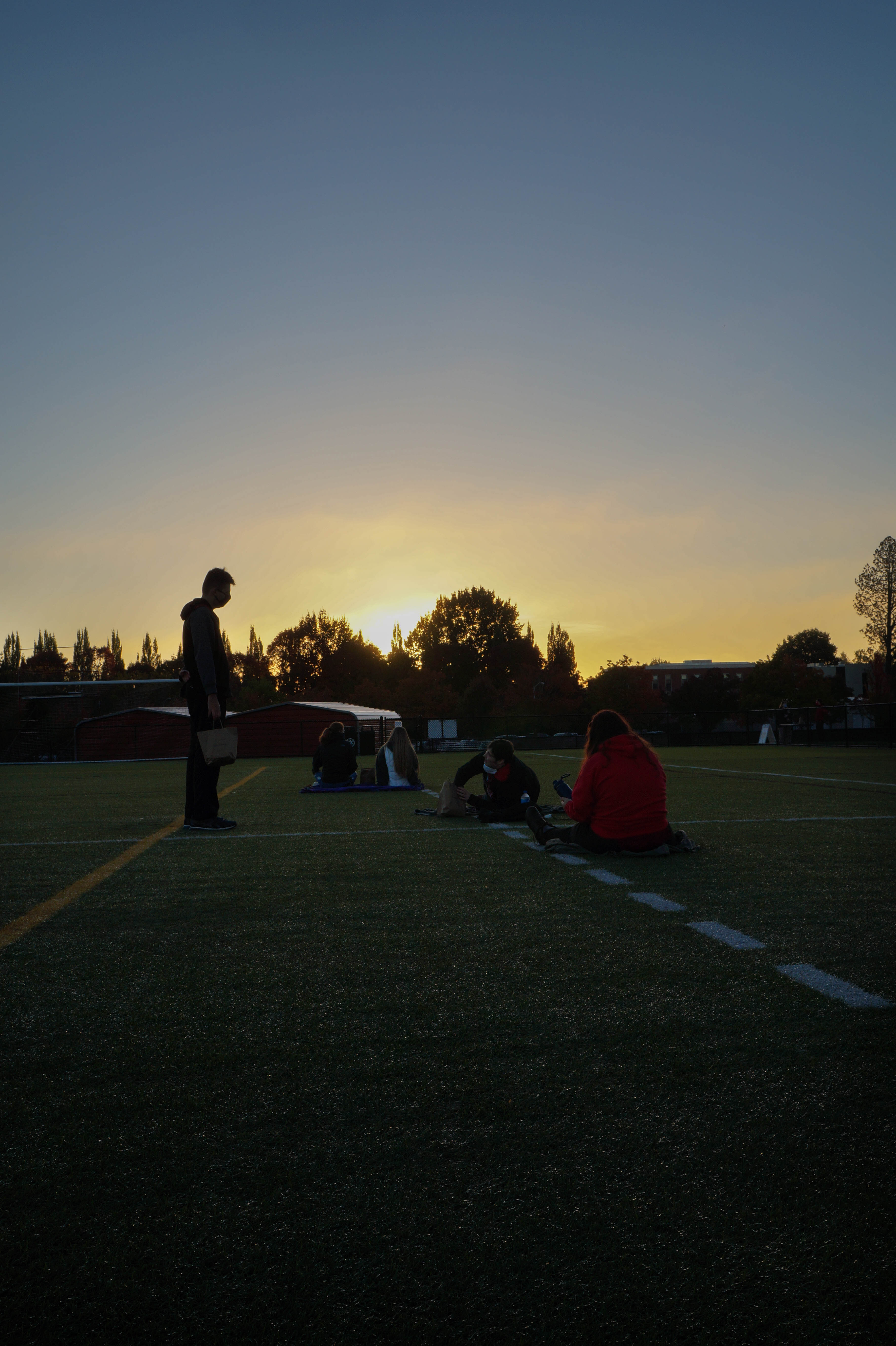Western introduces quarantine meals to campus dining
Carpintero de Sydney | Editor de noticias
Over the course of back-to-school season, many universities are facing COVID-19 outbreaks and are being forced to shut down. Western’s administration observed these outbreaks and planned for fall term accordingly.
Instead of having one move-in day for all new students, Western reduced its numbers to less than two-thirds and had four days designated for move-in. During that time, all students were subjected to COVID testing, and students that tested positive were relocated to Gentle Hall and Butler Hall for isolation purposes.
The people currently living in those halls are receiving “dining accommodations” known as quarantine meals.
“The quarantine meals were food for the entire day and (were) delivered to them,” said Albert Worotikan, Director of Campus Dining.
Originally, the food served in the quarantine meals was similar to foods given to students experiencing flu-like symptoms. Students could expect to order things like soup, gatorade, milk or orange juice once a day. However, Worotikan said that after their first weekend starting on Sept. 26, students sent feedback to dining about the quarantine meals.
According to Worotikan, many of the residents living in the isolation zones have reported to be asymptomatic and requesting food with sustenance. The residents don’t want meals that are designated for flu-like symptoms because the meals are light and not filling.
“Yes, they have the virus, but they still want to eat normal (food),” Worotikan explained.
After a meeting with the Dean of Students and Director of Dining, Tina Fuchs, they completely flipped the system; starting Oct. 5, students living in Butler Hall and Gentle Hall are able to order three regular meals a day under the ‘quarantine meals’ section of the app, Nutrislice, with no additional cost for delivery.
For labor efficiency, campus dining has designated specific times for delivery service, Worotikan said. From 8 to 9 a.m., students can have breakfast delivered, from 11 a.m. to 12 p.m., students can request lunch to be delivered and from 4 to 5 p.m., dinner can be delivered. The residents are also allowed to order snacks during these times.
In an effort to reduce physical contact during delivery, dining has also set up a notification system to let the person know when their food has been delivered.
“In our system we would be able to email the individual and let them know that the food has arrived,” Worotikan said. “Also with the way Butler and Gentle is set up, the door is outside. Of course we are also going to wear the face masks as well.”
If students start experiencing symptoms late in the term, they are advised to contact the Student Health and Counseling Center to see if they qualify for testing. If a student does qualify for testing, they will be charged $95 for the lab work. Most insurances cover the testing fee, but if a student doesn’t have insurance they can call 211 for additional resources.

Póngase en contacto con el autor en scarpenter18@mail.wou.edu


 To ensure enough space was provided, participants were required to sign up prior to the event to take part in the activity
To ensure enough space was provided, participants were required to sign up prior to the event to take part in the activity
